Researchers Discover Ancient Treasure Constructed of ‘Alien’ Metal From Another Planet
A rare Bronze Age hoard unearthed in Spain over half a century ago has left researchers in disbelief. The artifacts were found to be made from a metal that did not originate on Earth.
After conducting a modern analysis of the hoard, scientists discovered some of the items contained iron sourced from a meteorite that traveled to our planet at a distant point in the past.
Archaeologists Unearth Extensive Treasure Hoard
In 1963, archaeologists were excavating a site close to the city of Villena, in Spain, when they unearthed the remains of an extensive treasure hoard.
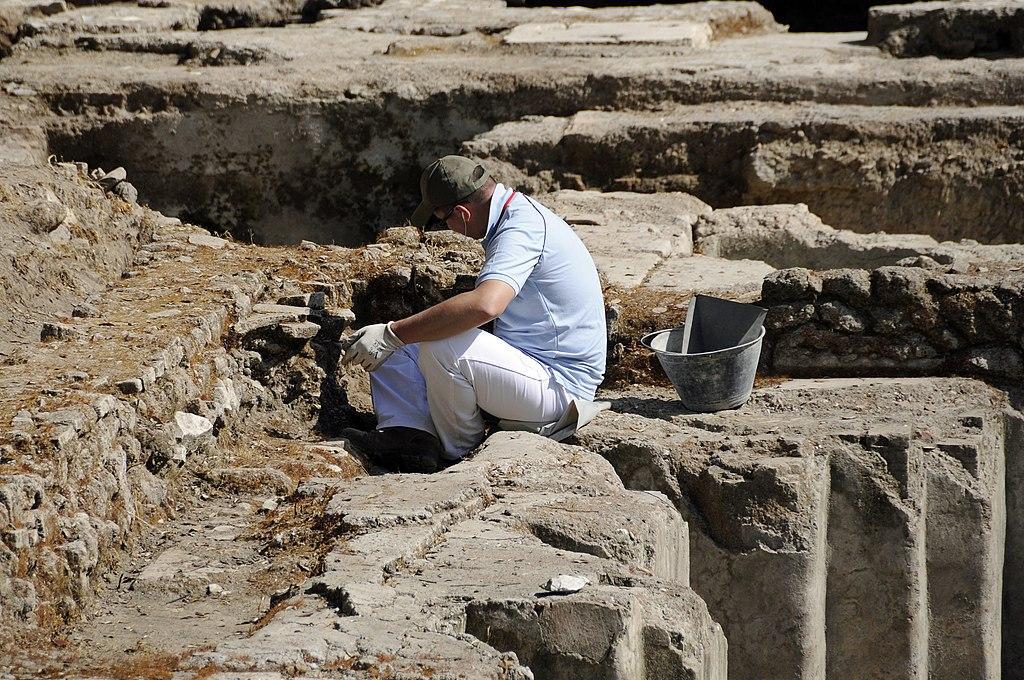
Source: Wikimedia
In total, the researchers discovered nearly 60 items ranging from jewelry to bottles and bowls, all meticulously crafted from various metals, including gold, silver, and iron.
Researchers Notice Unusual Aspects of Artifacts
As the team of researchers carefully removed the items from a gravel pit in the Spanish province of Alicante, they were fascinated by the iron pieces, which they recall looked unlike any they had seen previously.
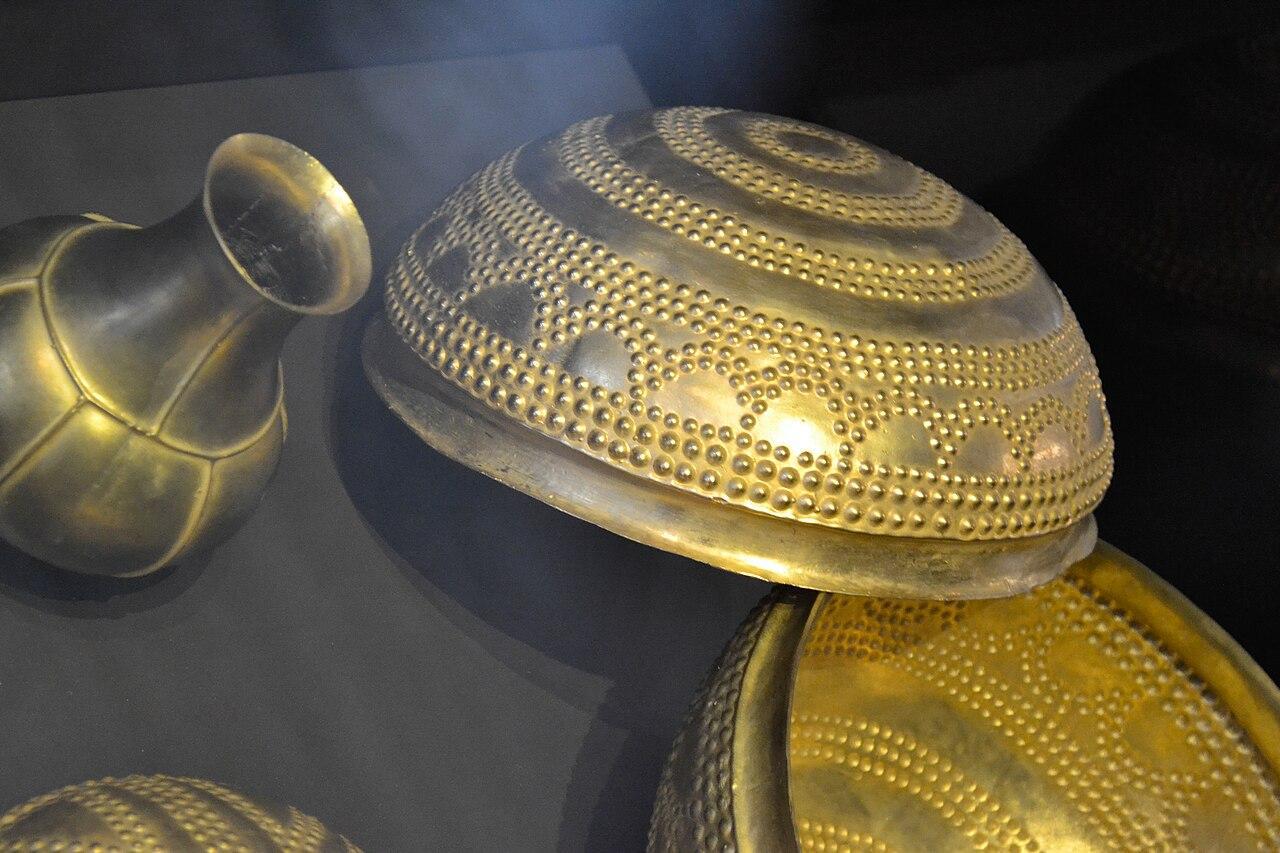
Source: Wikimedia
The archaeologists described the iron items as being made from “a dark leaden metal. It is shiny in some areas and covered with a ferrous-looking oxide that is mostly cracked,” per El País.
Researchers Finally Decided to Analyze Iron Items
Despite the iron’s unique properties, it wasn’t tested at the time. The Villena Hoard was later exhibited in several major cities, including Madrid and Tokyo.

Source: Freepik
However, over 60 years after it was first discovered, researchers finally decided to analyze the metal’s properties, and what they found left them in shock.
Solving the Mystery of the Villena Artefacts
Researchers tested several pieces of the iron from the Villena Hoard, and two of the artifacts had a unique composition.
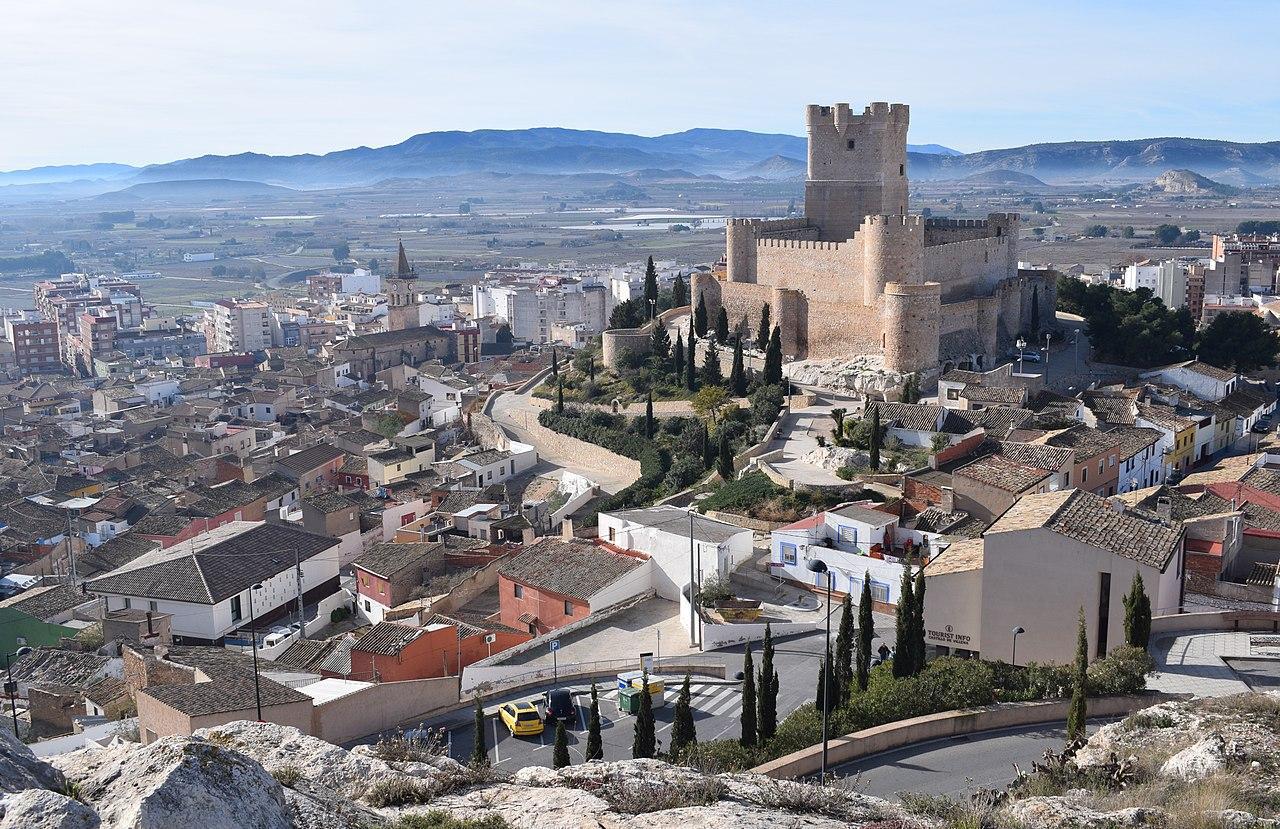
Source: Wikimedia
Their tests concluded that the two artifacts contained metal spruced from a meteorite that fell to Earth nearly 1 million years ago, according to a study published at the end of 2023 in the Journal Trabajos de Prehistoria.
Researcher Discusses Testing of 3,000-Year-Old Artifacts
In the study, the scientists reveal they tested two items from the hoard: a bracelet and a hollow sphere topped with gold that may have once sat on a sword’s pommel. Both items are thought to have been made around 1300 BCE.

Source:
The study’s senior author, Ignacio Montero Ruiz, shared his thoughts on the items during an interview with Live Science, stating, “The connection between gold and iron is important, as both elements have a great symbolic and social value.”
The Treasure May Have Been Intentionally Buried
Ruiz, a researcher at Spain’s Institute of History, attempted to explain why the treasure may have been intentionally buried.
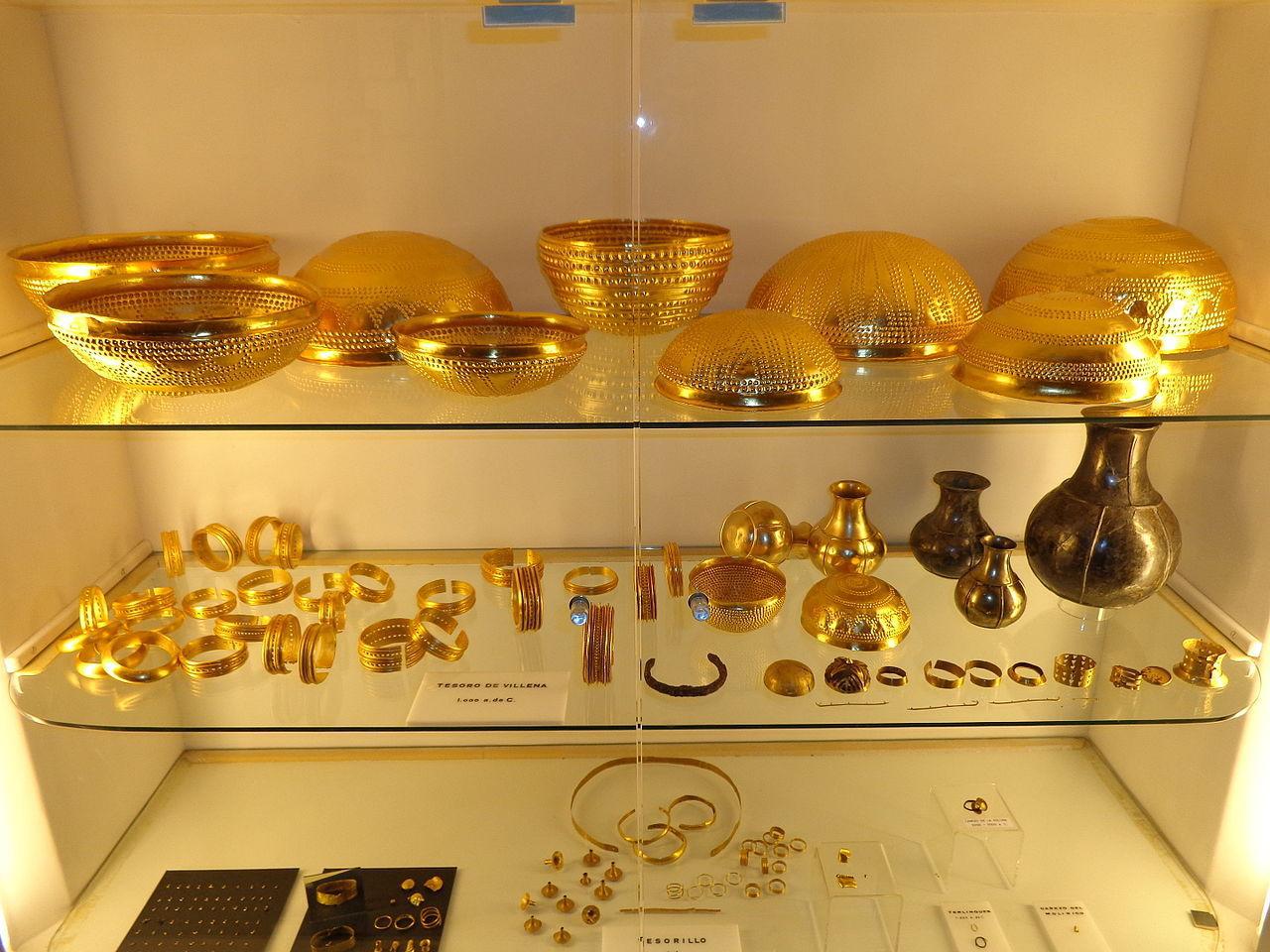
Source: Wikimedia
“In this case, [the artifacts] were probably hidden treasure that could have belonged to a whole community and not to a single person. There were no kingdoms in the Iberian Peninsula at this historical period,” he said.
Scientists Use Spectrometry to Analyze the Iron Items
To conduct the analysis, scientists used mass spectrometry, which allowed them to measure the mass-to-charge of molecules. This led them to discover traces of an iron-nickel alloy, which is almost identical to what’s found in meteoric iron.

Source: Freepik
Ruiz explained that as the composition of the artifacts is extremely alike, “both objects could [have] come from the same meteorite.”
Bronze-Age Workers Develop New Techniques
Regarding the people who crafted the item, Ruiz said, “The iron technology is completely different to the copper-based metallurgy and to the noble metals (gold and silver).”
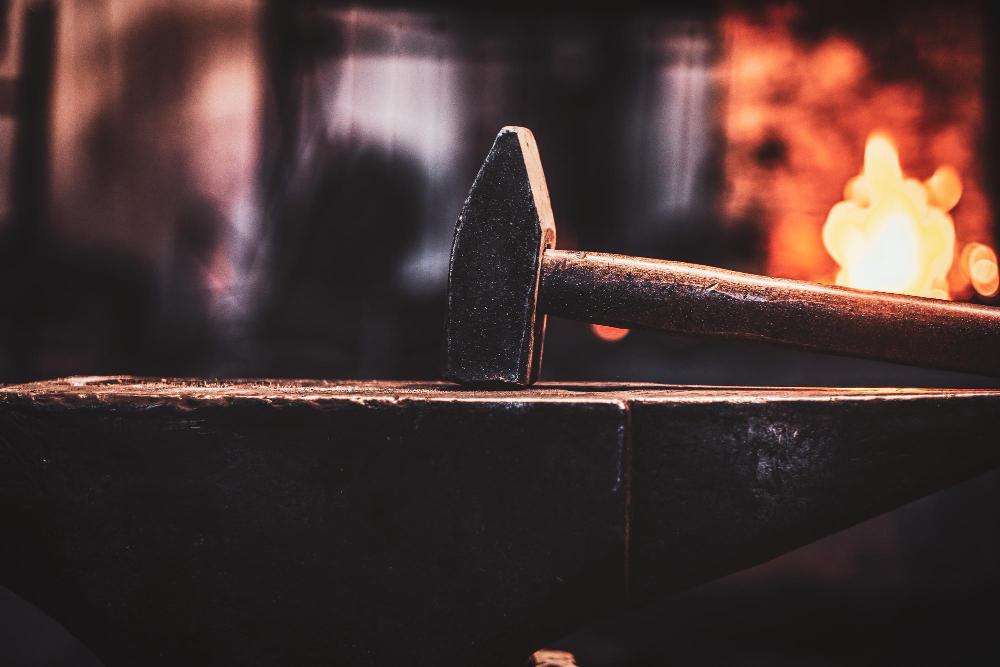
Source: Wikimedia
He continued, “So, people who started to work with meteoritic iron and later with terrestrial iron must [have had to] innovate and develop new technology.”
Researchers Fascinated With Ancient Craftsmen
The researchers involved in the study were fascinated with the ancient culture, which clearly implemented new technologies that allowed them to work with metallic meteorites.
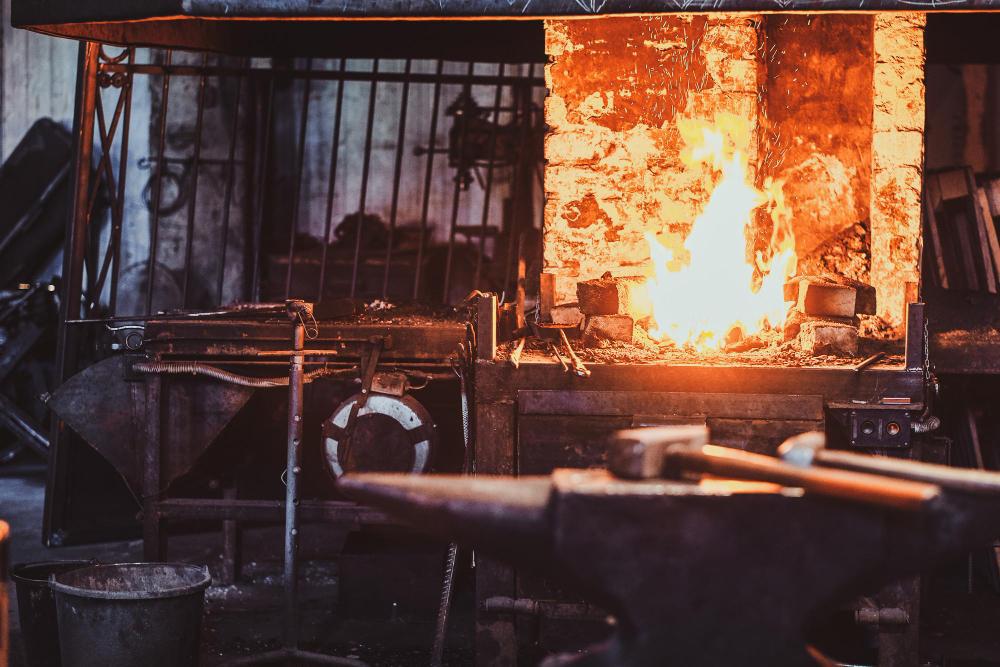
Source: Freepik
Ruiz added, “Experimentation and curiosity were a part of these past societies.”
Archaeologists Remain Uncertain of Culture's Origins
Despite the impressive techniques used in crafting the items, researchers are still uncertain who created them.

Source: Freepik
The history of the Iberian Peninsula was largely unknown until the Roman Era. While DNA analysis has helped somewhat, it doesn’t tell us much about individual cultures and their day-to-day lives.
Bronze Age Artifacts Shed Light on Metallurgy Practices in Ancient Iberia
Nonetheless, the artifacts have shed insight into the metallurgy practices of these Iberain craftsmen during the Bronze Age.
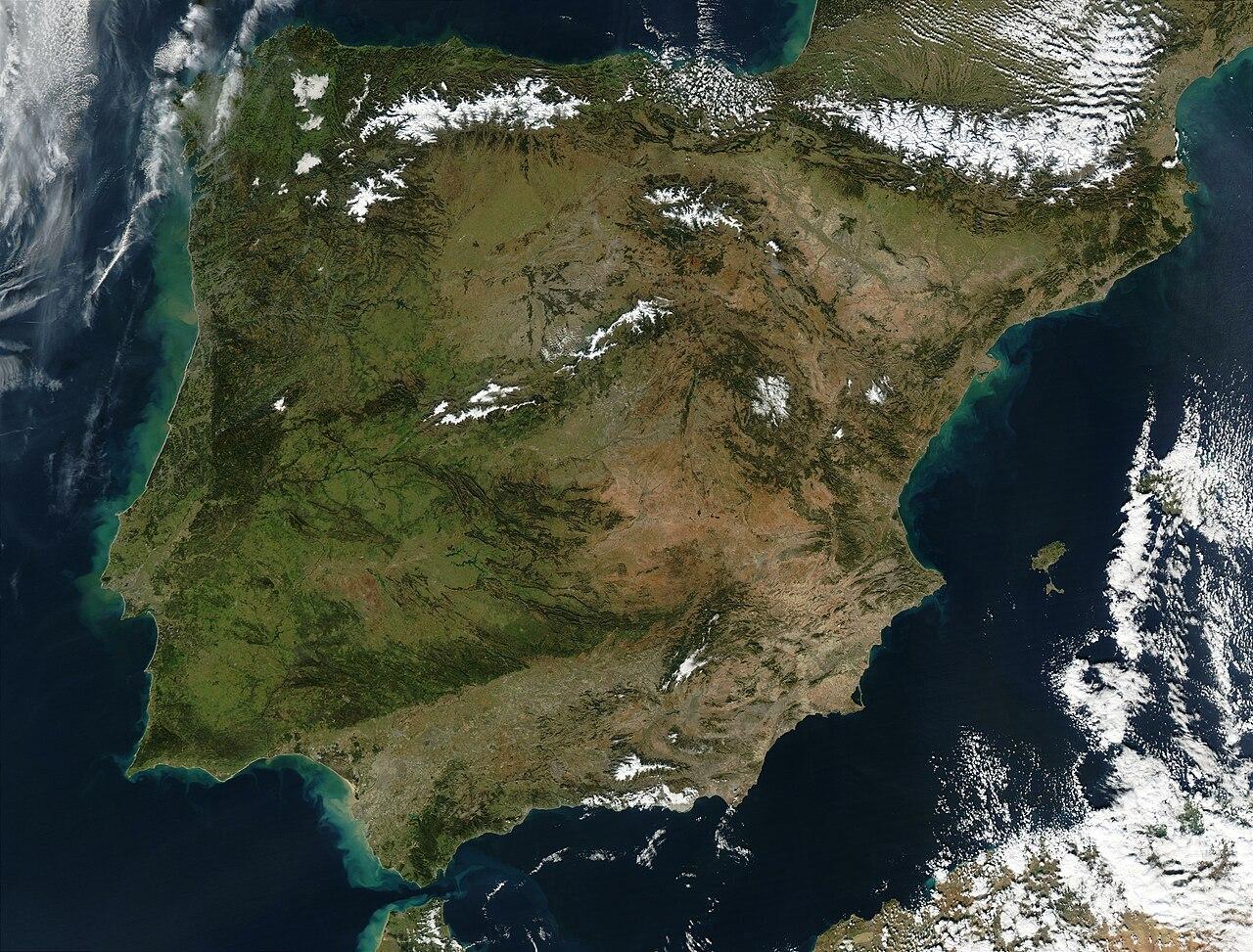
Source: Wikimedia
The use of meteoritic iron on the artifacts from the Villena hoard is the oldest found in the Iberian Peninsula. But, as for the culture that crafted the fascinating items, that remains a mystery for now.
